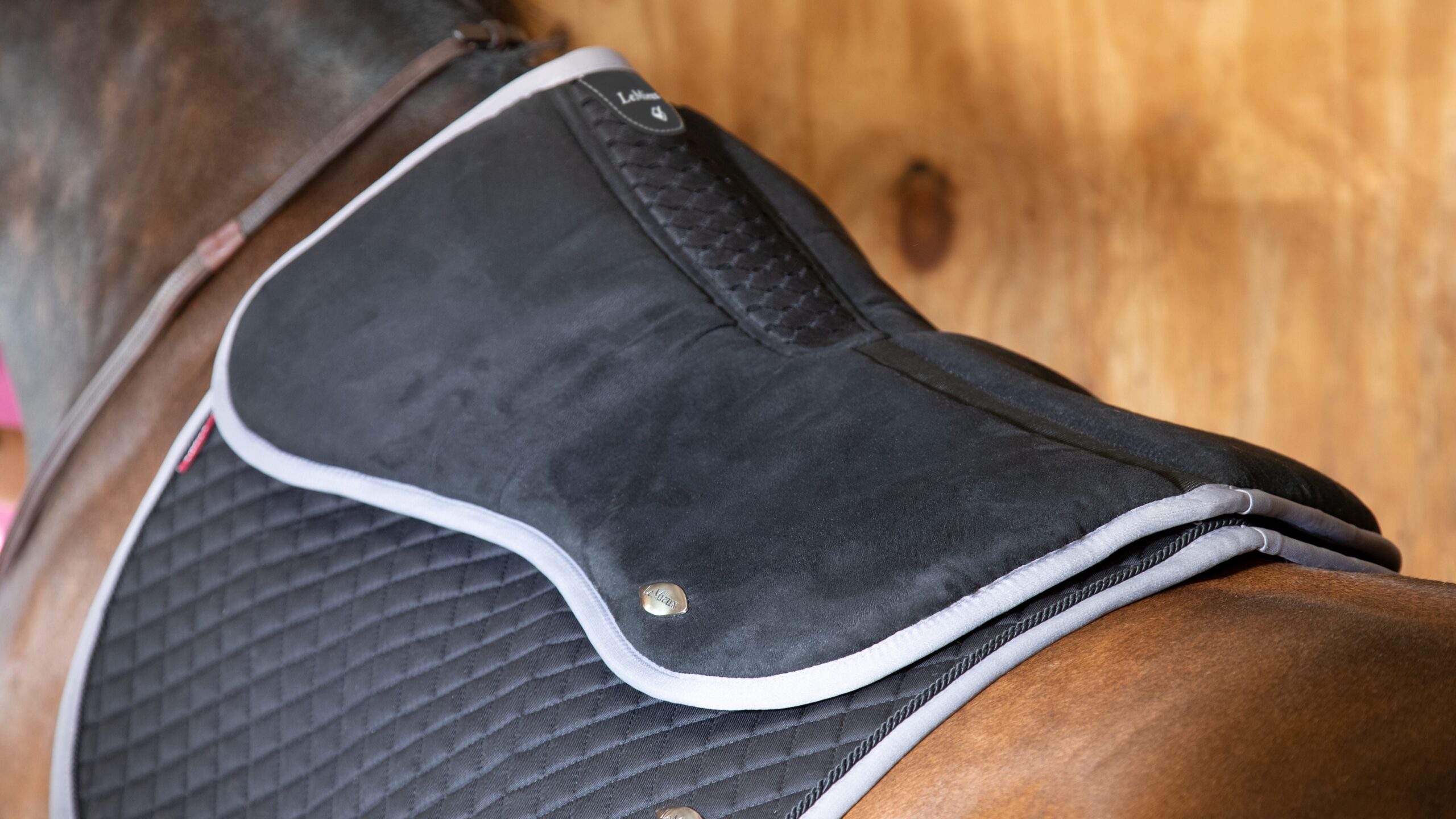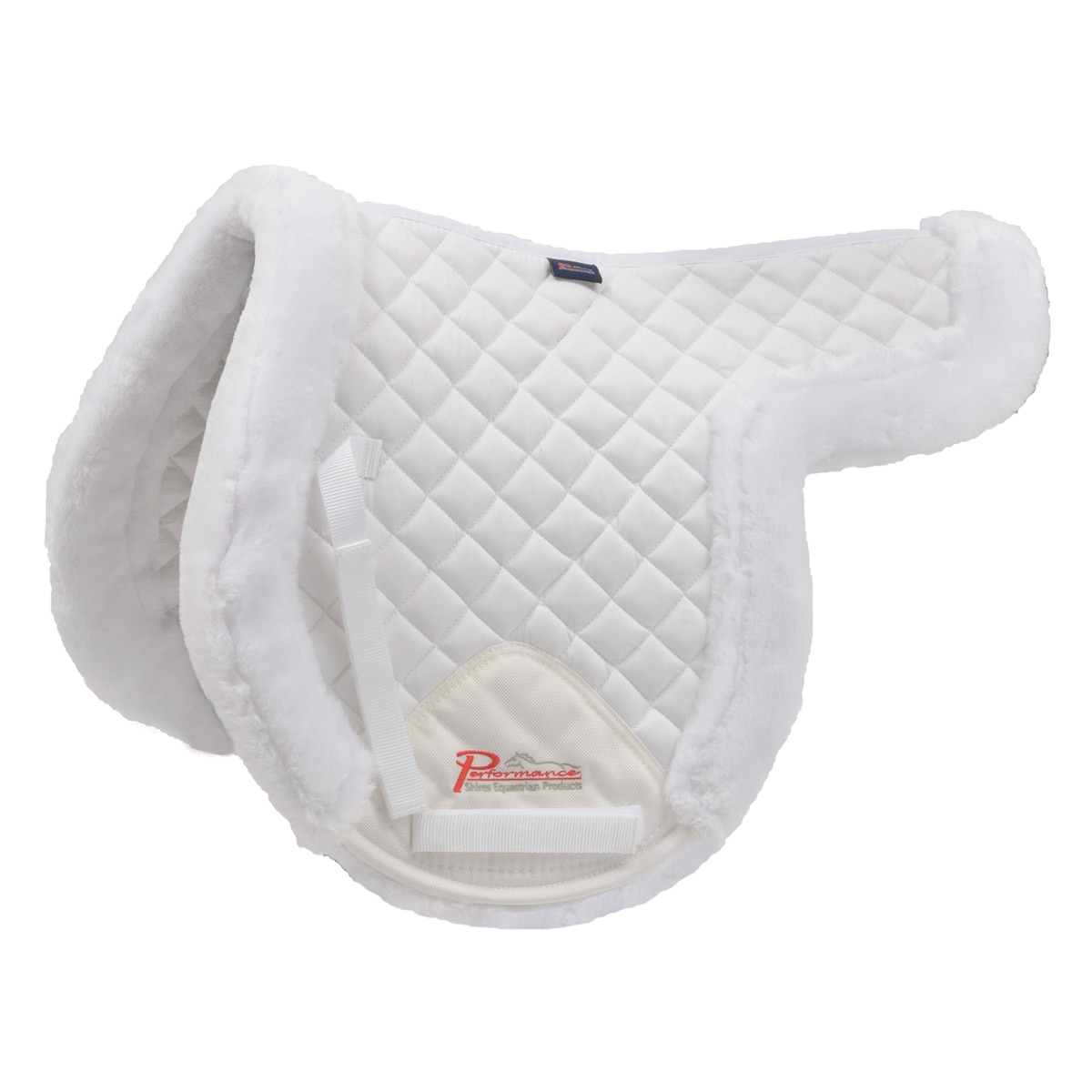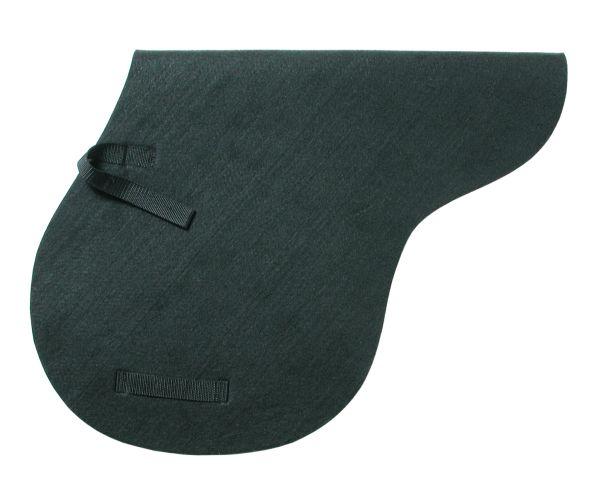Saddle Pad Selection: Shape and Material Guide for Your Horse

Choosing the right saddle pad is essential for your horse’s comfort and performance. This guide will help you understand the different shapes and materials available, so you can make an informed decision that benefits both you and your horse.
Why Saddle Pad Selection Matters

A well-chosen saddle pad protects your horse’s back, absorbs shock, and helps distribute the rider’s weight evenly. The wrong pad can cause discomfort, sores, or even injury.
Saddle Pad Shapes
Different riding disciplines and horse anatomies require specific saddle pad shapes. Here are the most common types:
| Shape | Description | Best For |
|---|---|---|
| Square | Flat, square shape covering the saddle area | Dressage, general riding |
| Contoured | Curved to fit the horse’s back and saddle shape | Jumping, eventing |
| Western | Larger with a rounded front and back | Western riding, trail riding |
| Half Pad | Smaller pad placed under the saddle for extra cushioning | Correcting saddle fit issues |
Materials Used in Saddle Pads
The material affects durability, breathability, and comfort. Common materials include:
- Cotton: Soft, breathable, and easy to clean but may compress over time.
- Fleece (Natural or Synthetic): Provides excellent cushioning and moisture-wicking properties.
- Foam: Offers shock absorption but can retain heat.
- Gel: Conforms to the horse’s back, providing pressure relief.
- Sheepskin: Luxurious, naturally breathable, and reduces friction.
How to Choose the Right Saddle Pad
Consider these factors:
- Riding Discipline: Different shapes and materials suit various activities.
- Horse’s Back Shape: Ensure the pad complements your horse’s conformation.
- Climate: Breathable materials are better for hot weather.
- Maintenance: Some materials require more care than others.
Care and Maintenance Tips
- Regularly clean your saddle pad to prevent bacteria buildup.
- Allow pads to dry completely before storage.
- Replace pads that have lost their cushioning or shape.
FAQ
Q: How often should I replace my saddle pad?
A: Depending on use and material, every 6-12 months or when it shows signs of wear.
Q: Can I use the same pad for different saddles?
A: It’s best to use pads that fit each saddle properly to avoid discomfort.
Q: Are gel pads suitable for all horses?
A: Gel pads work well for many horses but may not suit those with very sensitive skin.
Selecting the right saddle pad involves understanding your horse’s needs and the demands of your riding style. With the right shape and material, you can enhance comfort, performance, and overall horse health.
